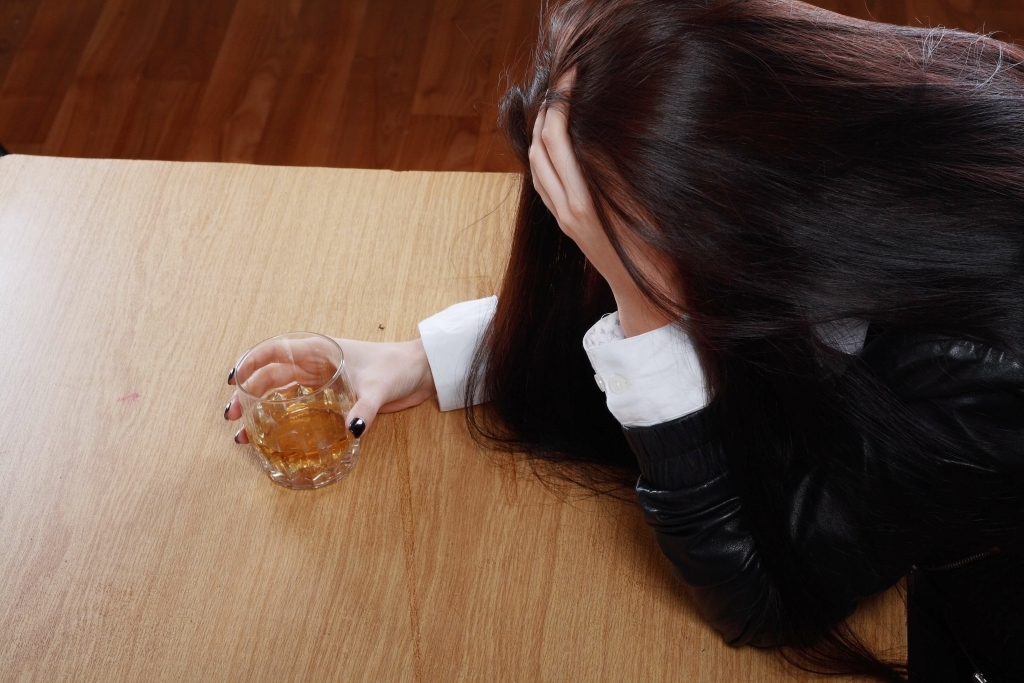How Cognitive Behavioral Therapy CBT Can Treat Your Addiction
These include cognitive shifts in self-efficacy related to various risk scenarios (eg, negative affective states, positive affective states), enactment of coping skills relevant to the CBT approach (eg, quantity or quality of skills), changes to environmental contingencies (eg, quantity or quality of available social supports). If CBT is delivered in an integrated format, then additional MOBC relevant to the other intervention should be considered. In contrast to many other methods, behavioral approaches to the treatment of
substance abuse have substantial research evidence in support of their
effectiveness. Two recent comprehensive reviews of the treatment research
literature offer strong evidence for their effectiveness (Holder et al., 1991; Miller et al., 1995). However, some critics argue that this is
because behavioral approaches have been developed under controlled conditions
and that in “real” therapy there are many more variables at work than can be
measured in controlled experiments. Providers should take advantage of the wide
range of behavioral therapy techniques that are available.
- If someone is at the point where they need professional treatment for their addiction, chances are they are using alcohol or drugs as their main means of coping with problems.
- Family members are counselled so as identify potential risk factors for relapse, such as emotional and behavioural changes.
- In this context, Smith and colleagues
reported positive outcomes for dependent users of both alcohol and cocaine
who received chemical aversion procedures as part of their treatment in
comparison to those who did not receive similar treatment (Frawley and Smith, 1990; Smith et al., 1997). - When you can identify these patterns, you start to work with your therapist on changing your negative thoughts into positive, healthier ones.
Cognitive therapy adheres to the basic goals of planned brief therapy, but
treatment times can vary. It typically lasts from 12 to 20 weeks, with the
client and therapist meeting once per week. However, it can be conducted
in less time–for instance, once per week for six to eight sessions. These
contingencies include threatened loss of job, spouse, or driver’s license
and were positively related to treatment outcome among alcohol users (Krampen, 1989).
Financial support and sponsorship
Self-efficacy has been thought of as both the degree of a client’s temptation
to use in substance-related settings and his degree of confidence in his
ability to refrain from using in those settings (Annis and Davis, 1988b; DiClemente et al., 1994; Sklar et al., 1997). The role of self-efficacy has
been examined for alcohol (Evans and
Dunn, 1995; Solomon and Annis,
1990), cocaine (Coon et al.,
1998; Rounds-Bryant et al.,
1997), marijuana (Stephens et
al., 1993), opiates (Reilly et
al., 1995), and across all of these substances of abuse (Sklar et al., 1997). This research
generally supports the hypothesis that those with lower levels of
self-efficacy are more likely to abuse substances. Folkman and Lazarus described two different levels of cognitive appraisal
(Folkman and Lazarus, 1988,
1991). This represents the individual’s perception of a
situation and an estimation of the potential level of stress, personal
challenge, or threat involved with the situation. Secondary appraisal
represents the individual’s evaluation of her ability to meet the challenges
and demands specific to the situation.

These are presented repeatedly without the previously learned pattern of drinking so as to lead to extinction. Despite work on cue reactivity, there is limited empirical cbt interventions for substance abuse support for the efficacy of cue exposure in recent literature14. Evidence from multiple studies also proves that CBT for addiction is an effective treatment.
Study Selection and Design
As standard outcomes (urinalyses or self-reported days of amphetamine use) were not reported, it was difficult to draw conclusions regarding the efficacy of the intervention in this sample. The client
is given an overview of the session, describing the area to be addressed and
the rationale for the specific intervention to be used. This is facilitated
by skill guidelines that focus attention on the most important aspects of
the approach as it applies to substance abuse.

As with other treatments for alcoholism and drug abuse, including pharmaceutical treatments, cognitive behavioral therapy works best when combined with other recovery efforts. This includes participation in support groups like Alcoholics Anonymous or Narcotics Anonymous. Non-significant pooled effects, in contrast to a specific therapy, across outcome types and follow-up time point was observed in the present study. As noted above, this type of contrast characterized the majority of studies reviewed despite the known phenomenon of limited evidence for differential efficacy between specific therapies (i.e., the dodo bird effect).
Modularization and evaluation of effective components
Although self-efficacy is related to the availability of coping skills and
would be expected to increase as the client learns new skills, this does not
always occur spontaneously. It is often necessary to help the client change
the passivity and sense of helplessness that often accompany low
self-efficacy. However, the model that appears to have the greatest impact and lasting
influence uses the idea of performance accomplishments to enhance client
self-efficacy. Annis and Davis use graduated homework
assignments to help in this process (Annis and Davis, 1988b).